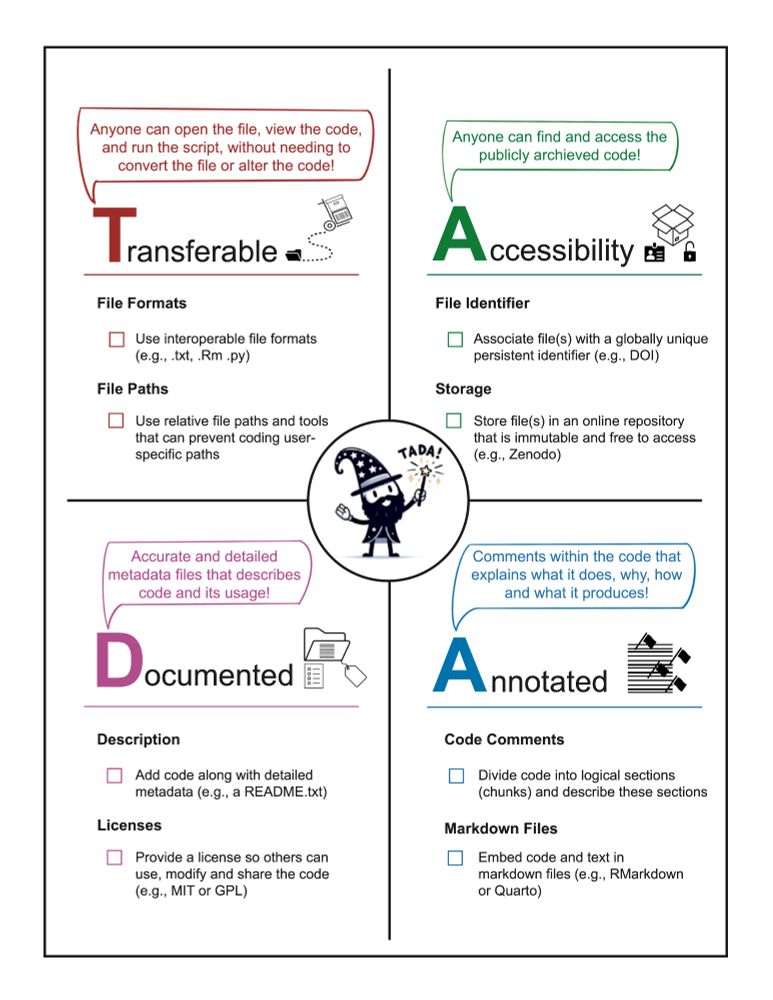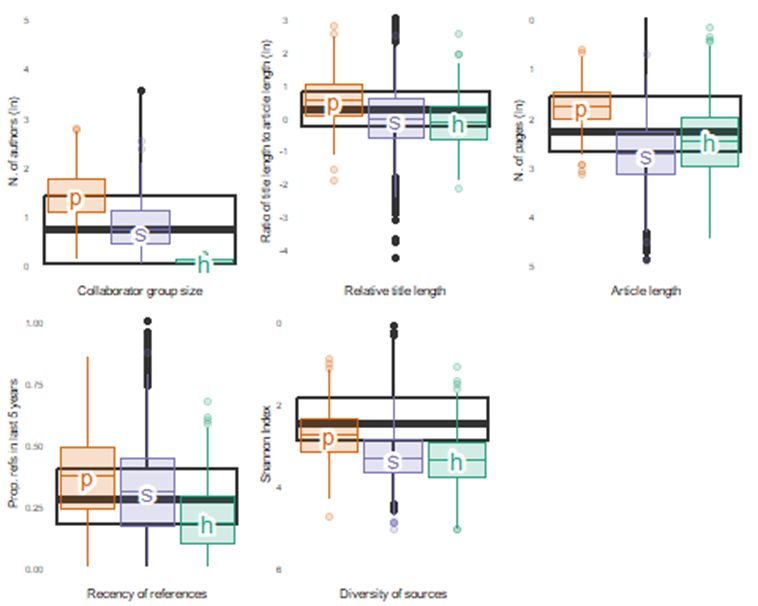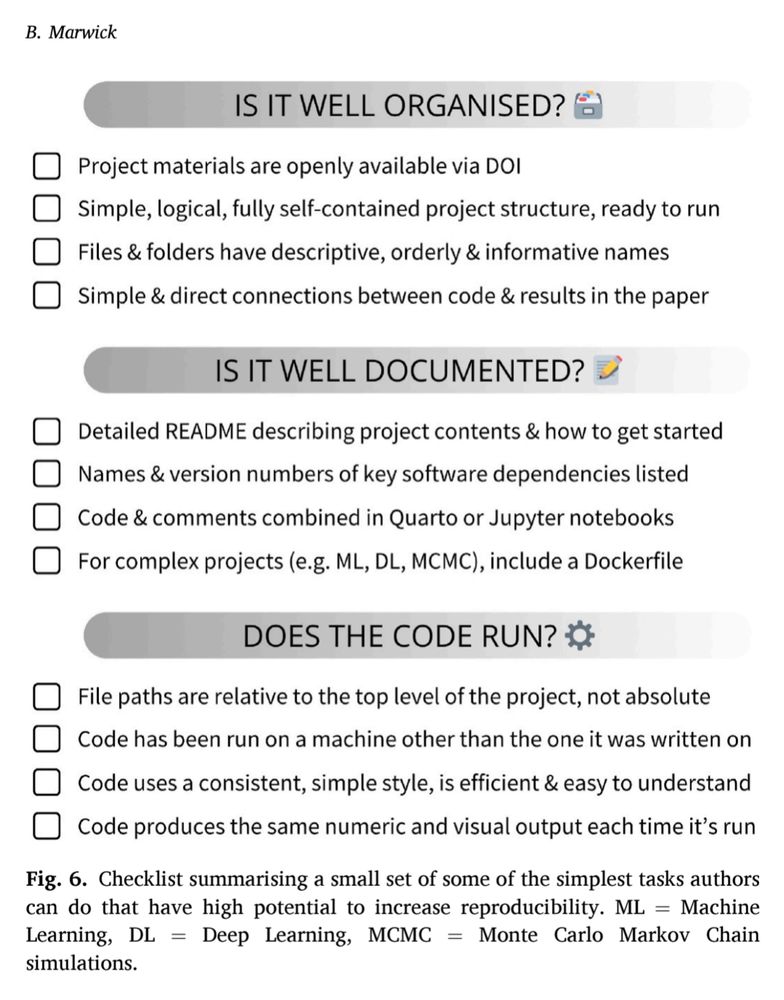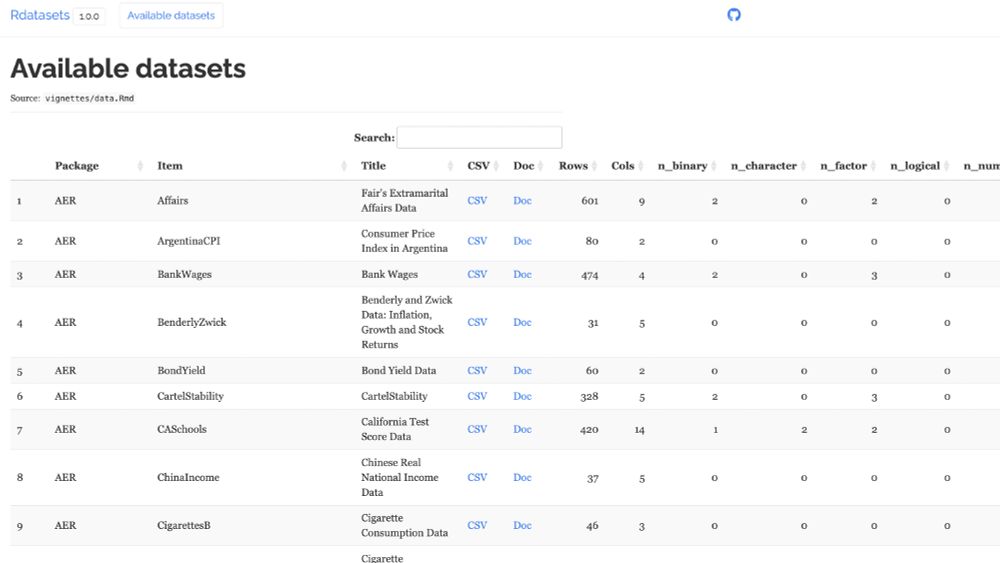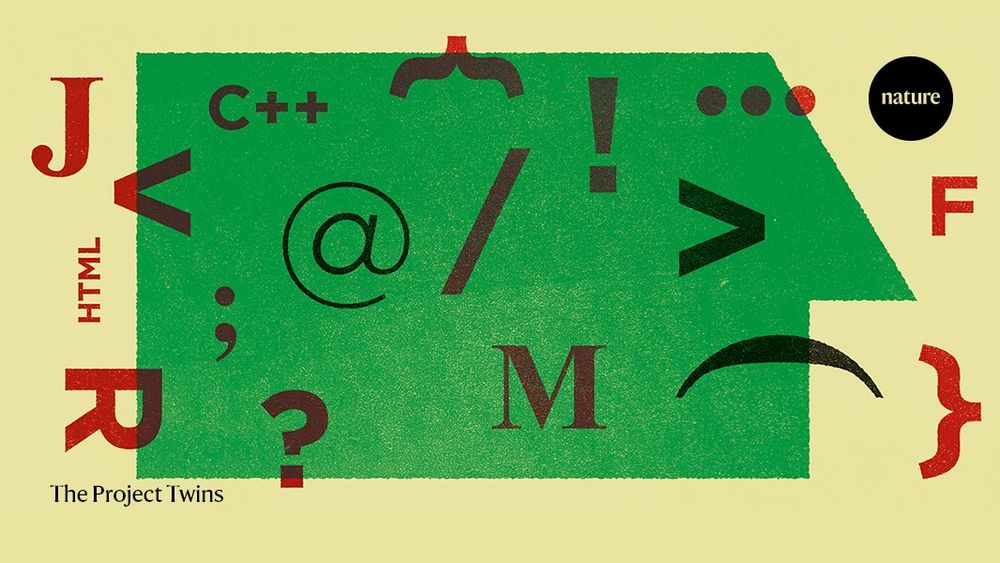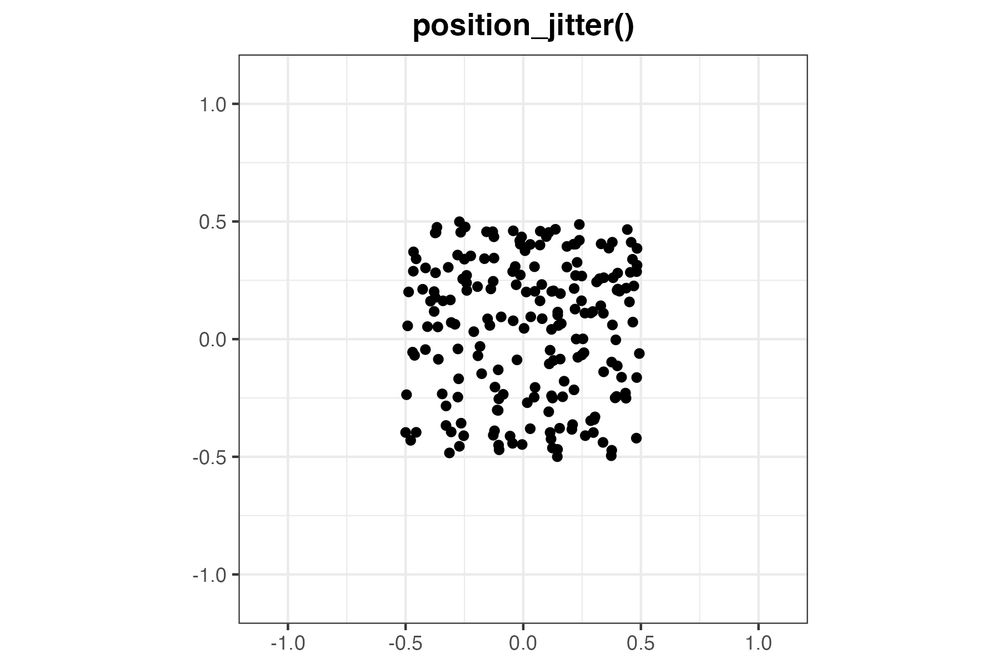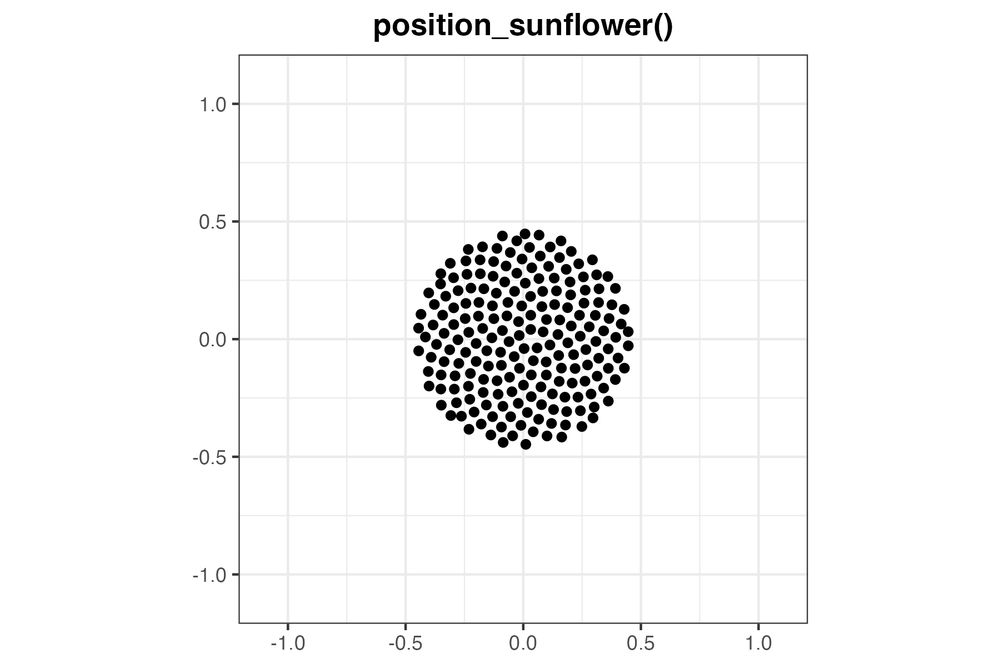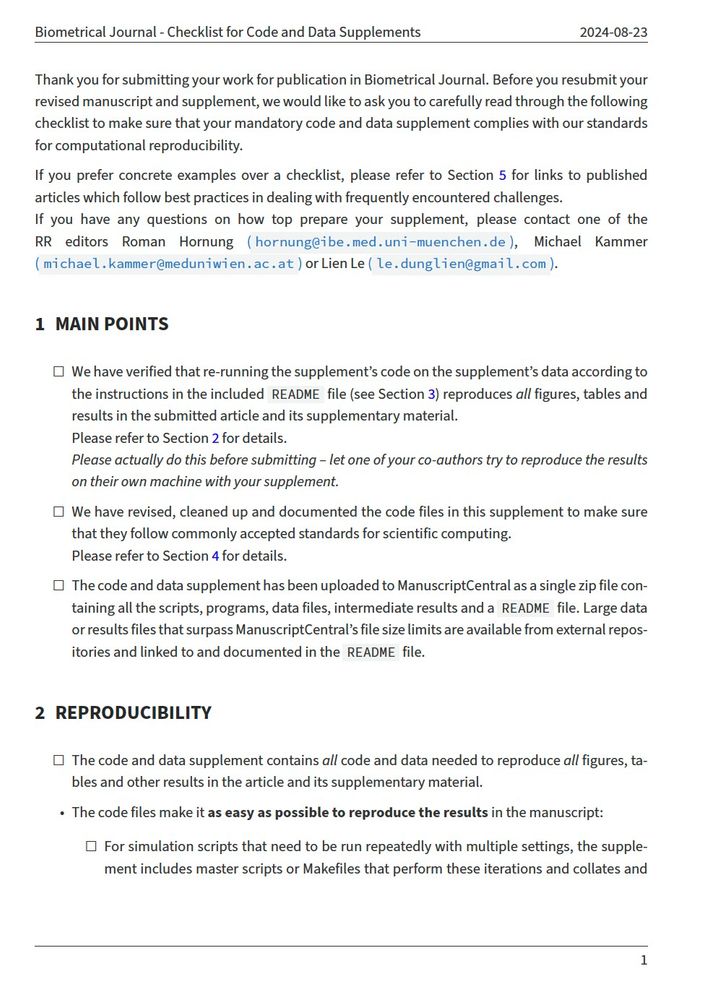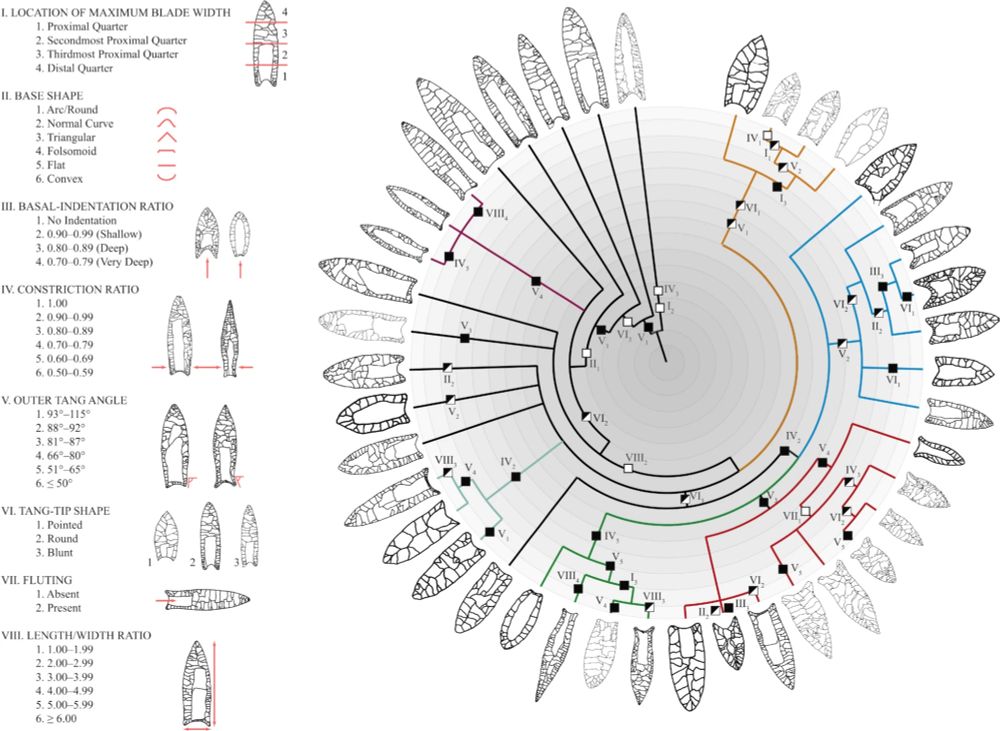Ben Marwick
@benmarwick.bsky.social
1.6K followers
250 following
45 posts
Archaeologist and #rstats enthusiast
Posts
Media
Videos
Starter Packs
Reposted by Ben Marwick
Reposted by Ben Marwick
Reposted by Ben Marwick
Reposted by Ben Marwick
Reposted by Ben Marwick
Ben Marwick
@benmarwick.bsky.social
· Jul 7
Reposted by Ben Marwick
Enrico R. Crema
@ercrema.bsky.social
· Jun 24
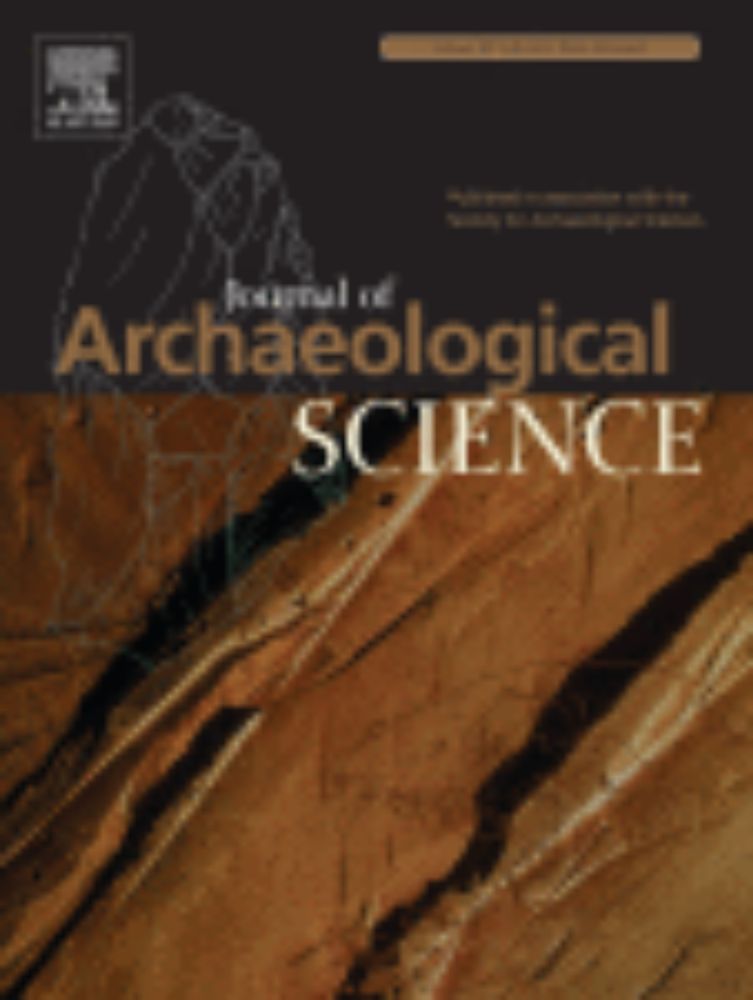
Statistical modelling in archaeology: some recent trends and future perspectives
This paper reviews the application of statistical models in archaeology in the last decade, focusing in particular on multilevel models, statistical t…
www.sciencedirect.com
Reposted by Ben Marwick
Reposted by Ben Marwick
Reposted by Ben Marwick
Noam Ross
@noamross.net
· May 29
R Consortium Awards First Round of 2025 ISC Grants – R Consortium
The R Consortium’s Infrastructure Steering Committee (ISC) is proud to announce the first round of 2025 grant recipients. These seven projects are receiving support to enhance and expand the capabilit...
r-consortium.org
Reposted by Ben Marwick
Reposted by Ben Marwick
Fabian A. Boetzl
@fboetzl.bsky.social
· May 9
Reposted by Ben Marwick
Reposted by Ben Marwick
Reposted by Ben Marwick
Martin Hebart
@martinhebart.bsky.social
· Apr 15
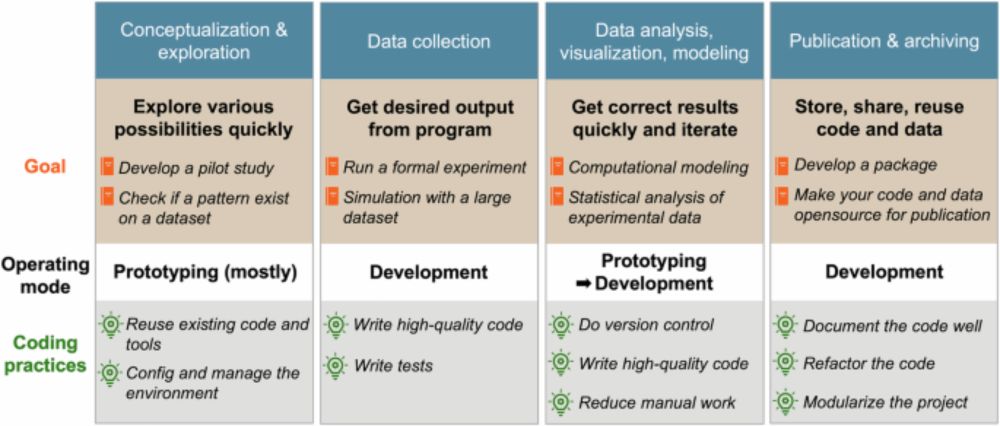
Ten principles for reliable, efficient, and adaptable coding in psychology and cognitive neuroscience - Communications Psychology
Programming is essential for modern research in neuroscience and psychology, but it can quickly become a source of frustration and error. This Primer introduces ten practical principles guiding resear...
www.nature.com
Reposted by Ben Marwick
Tom Wallis
@tsawallis.bsky.social
· Apr 16
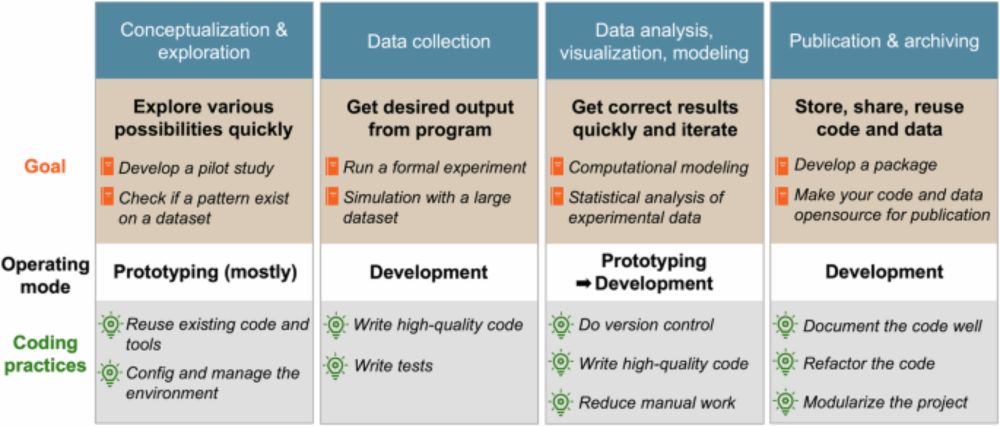
Ten principles for reliable, efficient, and adaptable coding in psychology and cognitive neuroscience - Communications Psychology
Programming is essential for modern research in neuroscience and psychology, but it can quickly become a source of frustration and error. This Primer introduces ten practical principles guiding resear...
www.nature.com
Reposted by Ben Marwick
Reposted by Ben Marwick



